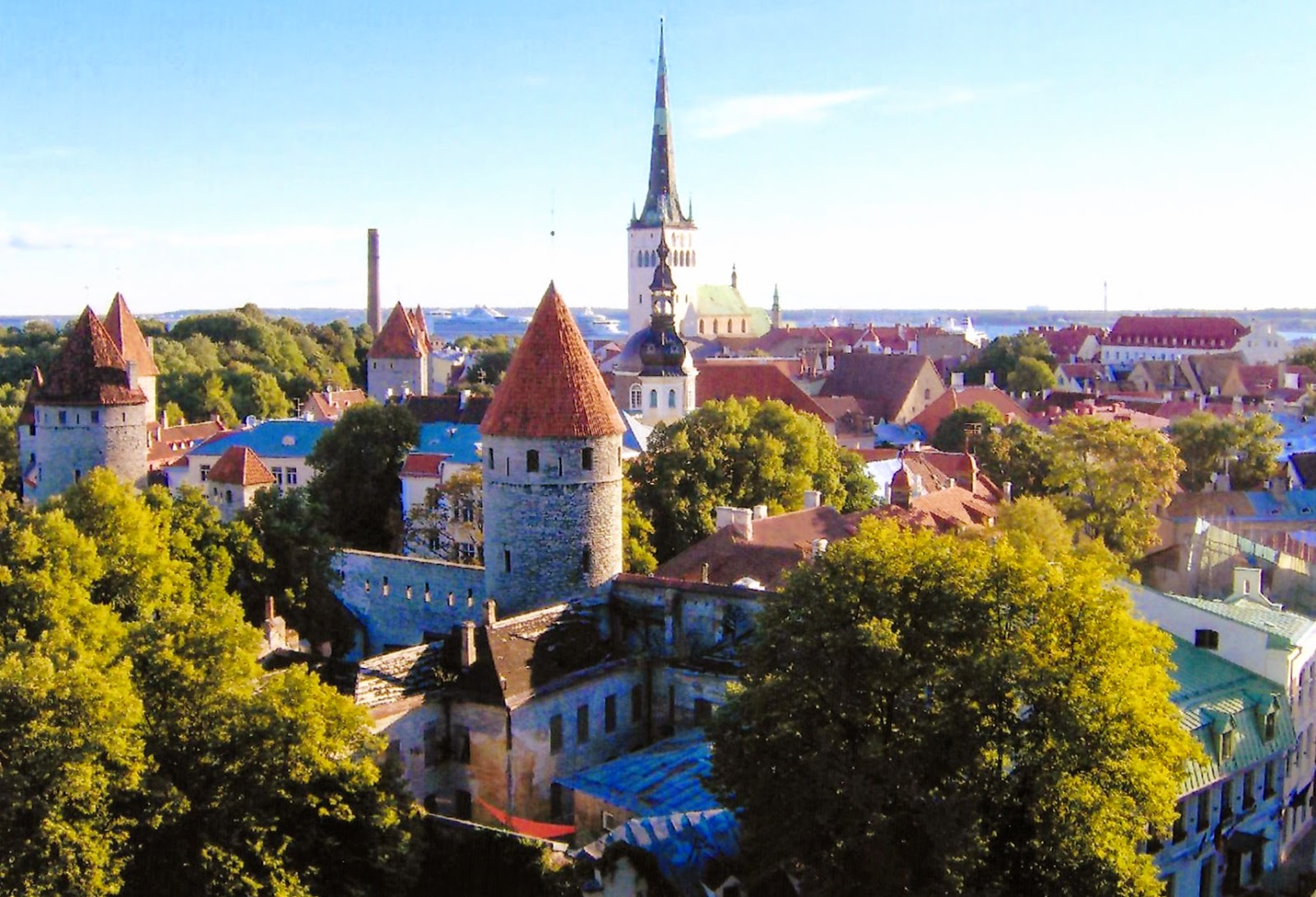Frederiksborg Castle
Frederiksborg Castle was built as a royal residence for King Christian IV between 1602 to 1620. The current castle replaced another castle that was built by Frederick II. Frederiksborg Castle is the largest Renaissance palace in Scandinavia. It is located on three small islands in Slotsoen (Palace Lake).
Today the castle is the Museum of National History and houses a collection of historical paintings and portraits.
The King's Prayer Chamber or Oratory contains paintings of the life of Christ by Danish artist Carl Bloch.
Another view of Frederiksborg Castle
King Frederik VII was living in the palace when a fire broke out on December 16, 1859 and it destroyed a large part of the palace's interior. The interior of the castle was reconstructed after the fire.
We wanted to take the train to Helsingor to see Elsinore Castle. We missed the train by one minute. The next one wasn't until an hour later. We decided to go to Dragor instead.
Dragor is a quaint little fishing village just outside Copenhagen. After wandering around the town for a while, we got back on the bus to the train station, and headed back to Copenhagen.


















































